|
Cold weather not only affects our senses, our ability to see, smell, and feel, but can also impact how productive and safe we are on the jobsite. Frostbite and Hypothermia
Dress in Layers
Eye Protection
Wear Gloves
Footwear
Winter Driving
Get Enough Rest
Questions about this Winter Work Safety Tool Box Talk? Click here to email the AIS team.
10/28/2019
October ToolBox Talk: Daylight Savings Suggestions to help workers adapt to the time change Spring forward Fall back. We all know the saying to help us remember to adjust our clocks for the daylight saving time changes (this Sunday in case you are wondering). But, what can we do to help workers adjust to the effects of the time change? A few studies have examined these issues but many questions remain on this topic including the best strategies to cope with the time changes. 7/30/2019
July ToolBox Talk: Heat Illness
6/26/2019
June ToolBox Talk: Firework SafetyAs the Fourth of July holiday season approaches, please take a moment to remember to be safe while celebrating with family and friends.
If you decide to purchase consumer fireworks, follow these safety steps: 4/24/2019
April ToolBox Talk: Hazardous Waste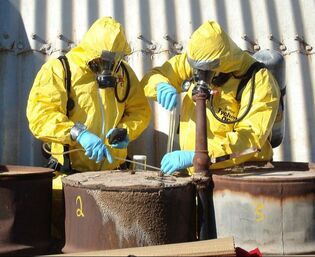 Safe Work Practices A waste is any solid, liquid, or contained gaseous material that is discarded or recycled. It can be the byproduct of a manufacturing process or simply a commercial product that is used by a business. The Environmental Protection Agency considers a substance hazardous if it can catch fire, if it can react or explode when mixed with other substances, if it is corrosive, or if it is toxic. Below are some basic tips for identifying general requirements for the proper handling of hazardous wastes. 3/27/2019
March ToolBox Talk: Trenching Safety
2/25/2019
February ToolBox Talk: Ladder Safety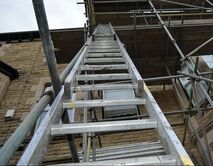 When attempting to reach something at an inaccessible height, it may seem easier to use a replacement for a ladder, such as furniture, but it isn't worth the potential danger. Statistics show that every year about 30,000 people will be incapacitated by ladder and ladder-replacement involved accidents. Fortunately, almost all of these accidents can be prevented by a sturdy ladder and a firm foundation for the ladder to rest upon. Experts say collaboration and innovation key to stemming risks
The ongoing demand for round-the-clock services fuels many industries. Enter shift work, which is a way of life for nearly 15 million Americans, data from the Bureau of Labor Statistics shows. The prevalence of shift work has spurred multiple studies on its potential adverse effects on employee health and safety. 11/28/2018
November ToolBox Talk: Winter WorkAs we prepare for the holiday season, winter is around the corner and that means a change in the weather is upon us. When the temperature falls below freezing, conditions become strenuous for those of us who work outside, making safety training more important than ever. At AIS, we recognize the importance of safety training and would like to share the reminders about dressing for and working in cold weather conditions below.
10/29/2018
October ToolBox Talk: Halloween SafetyKids love the magic of Halloween: Trick-or-treating, classroom parties and trips to a neighborhood haunted house. But for moms and dads, often there is a fine line between Halloween fun and safety concerns, especially when it comes to road and pedestrian safety.
|
||||||||||||||||

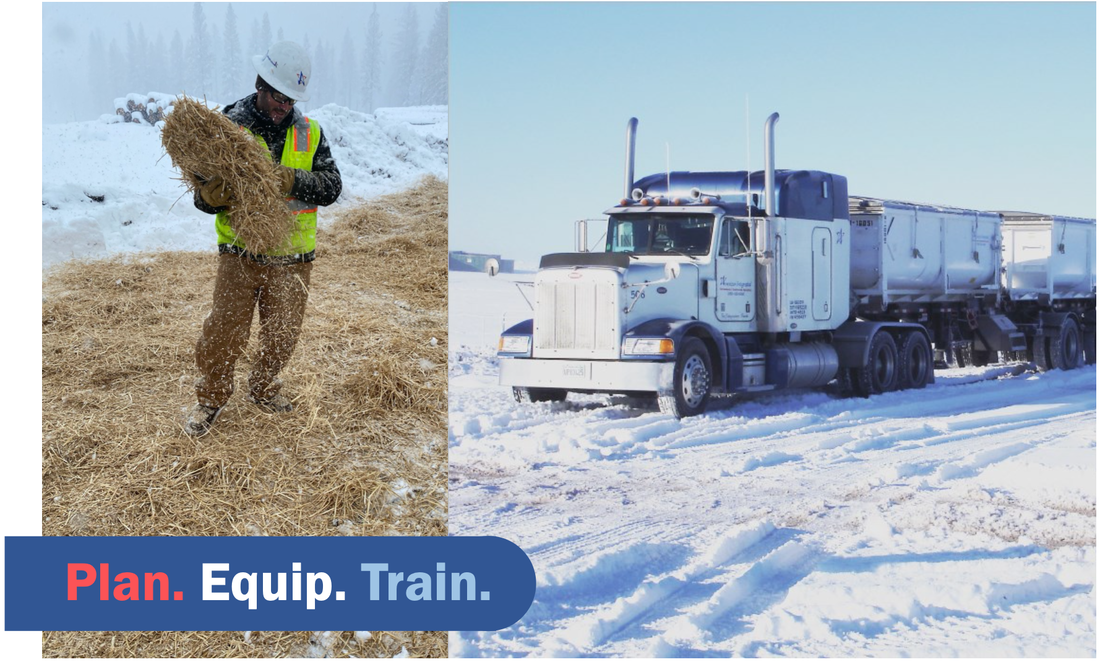
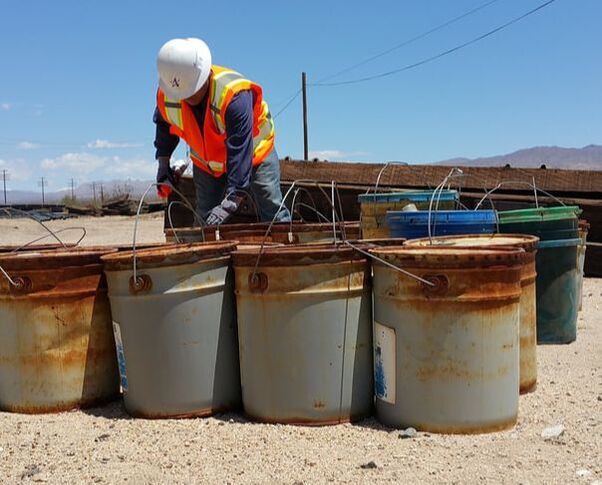
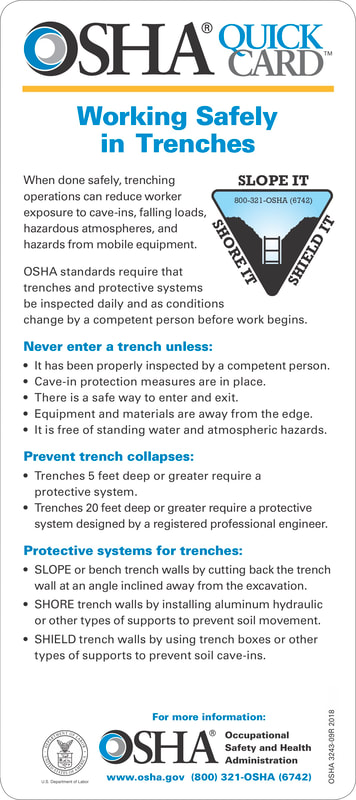

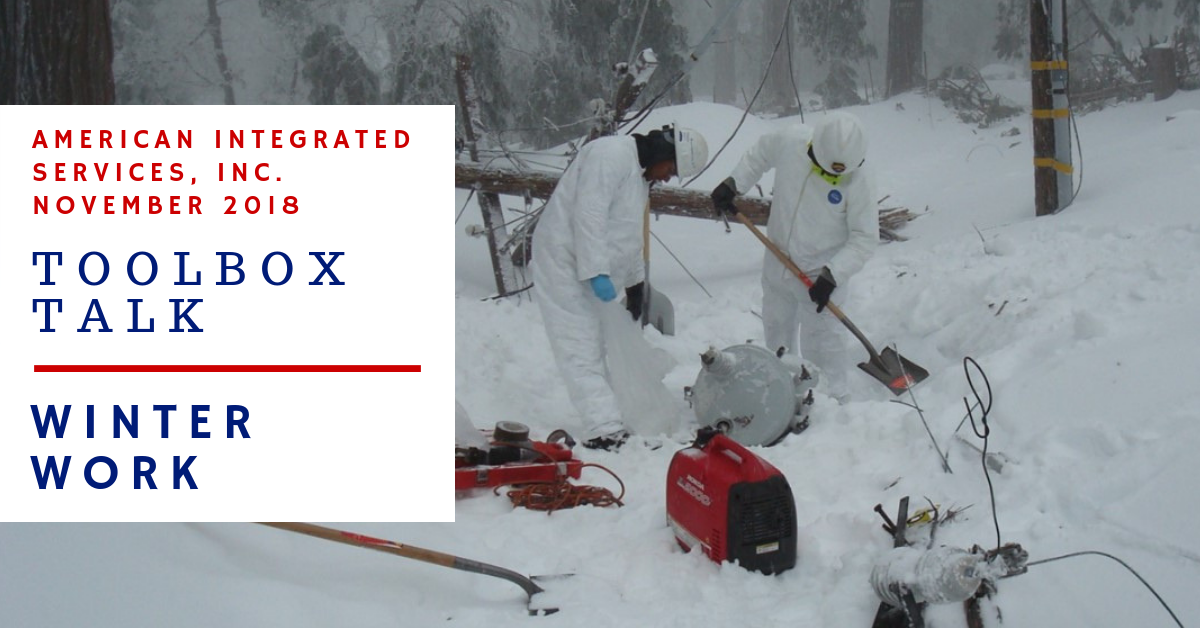

3/5/2024